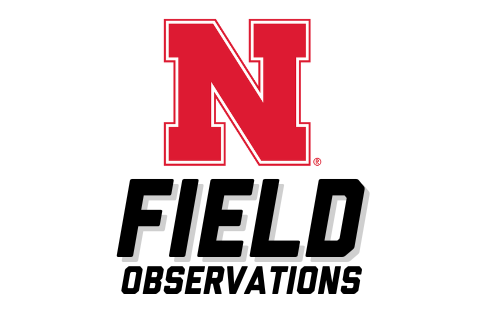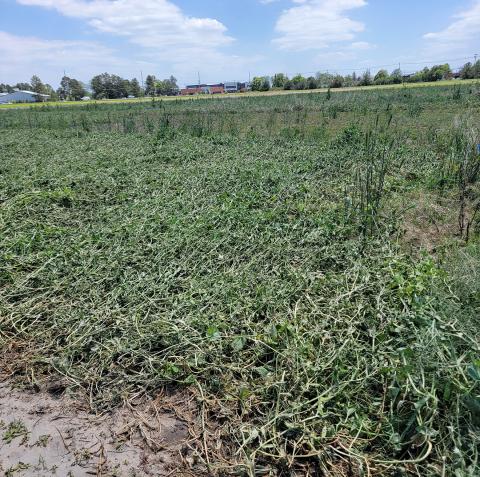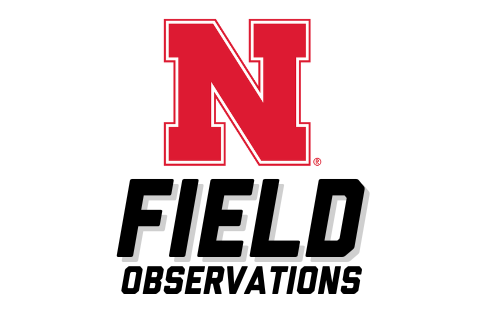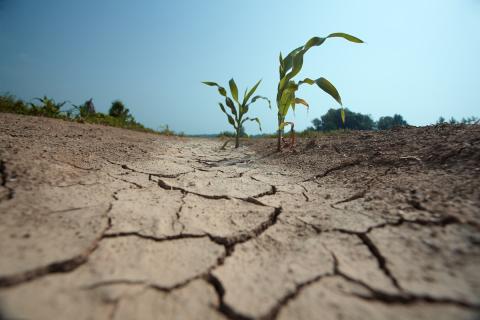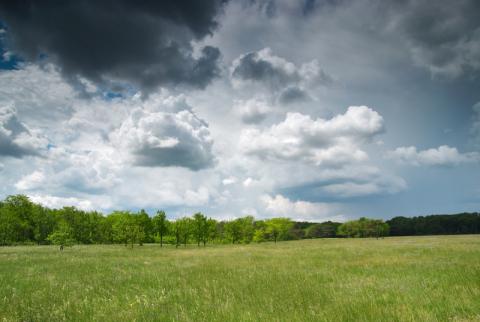Annual Forage Options After Hail
July 14, 2023
Before planting forages in fields where your crop was destroyed by hail, take a moment to review these financial management and cropping system considerations.
This Week on N Field: Hail Damage on Corn
July 13, 2023
A review of the immediate and long-term impacts of hail damage on corn to assist producers with decision-making for the remainder of the growing season.
Hail Damage to Crops in Scotts Bluff Area
July 6, 2023
Extension experts weigh in on recent hail impacts in Nebraska and options producers should take into consideration regarding weed and disease control for damaged crops.
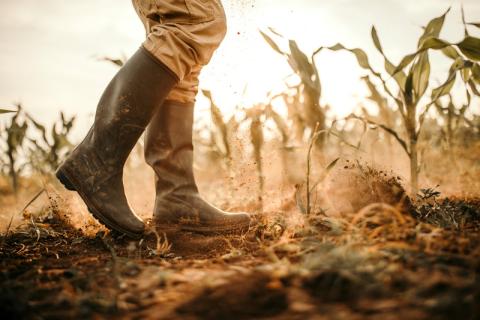
USDA Drought Assistance Programs in 2023
May 25, 2023
This webinar reviews how to apply for key drought assistance programs, and discusses drought disaster designations, the FSA emergency loan program, and management principles and recordkeeping needs for producers under drought conditions.
This Week on N Field: Ponding in Corn
May 23, 2023
Nebraska Extension Educator Amy Timmerman share insights on plant survival and reseeding after ponding has occurred in planted corn fields.
USDA Previews $3.7 Billion Emergency Assistance Program for 2022 Natural Disaster Losses
May 19, 2023
Through a streamlined application process, USDA intends to send pre-filled applications directly to eligible crop producers in early summer.
Pasture and Forage Minute: Rain and Hail Damage, Preventing Window Disease
June 20, 2022
Extension insights on reducing rain damage to hay, assessing hail damage to forage crops, and preventing window disease in alfalfa.
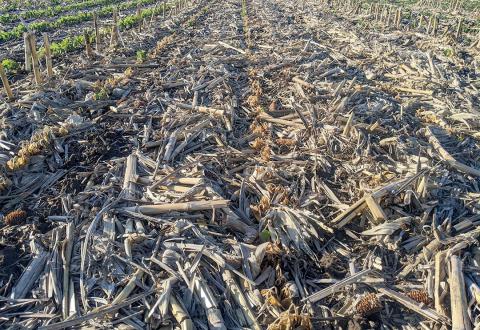
Assessing Plant Recovery and Replant Considerations
May 27, 2022
Nebraska Extension recommendations on evaluating fields that were affected by crusting, hail, wind and frost damage this past week in order to make plant recovery or replant decisions.

